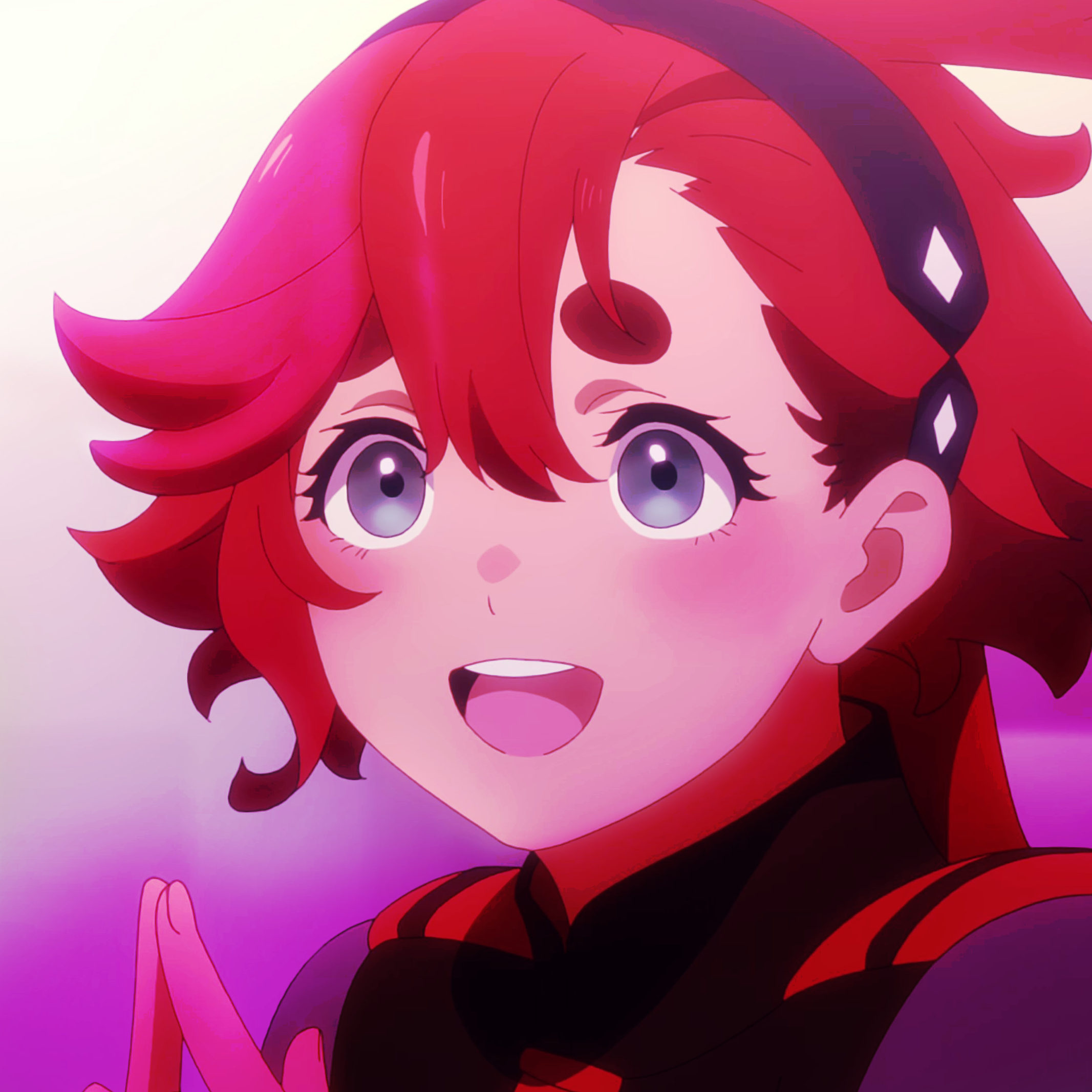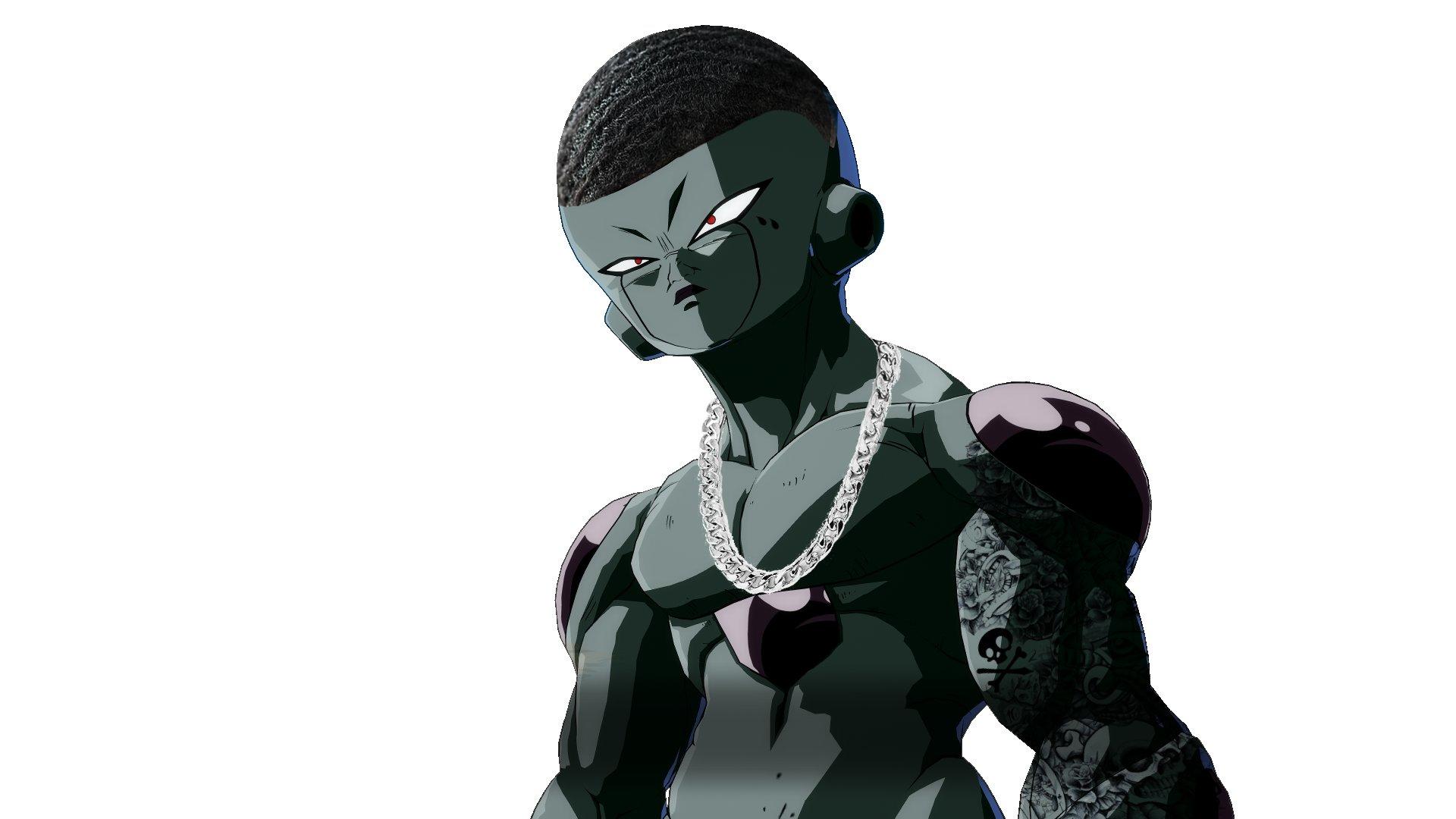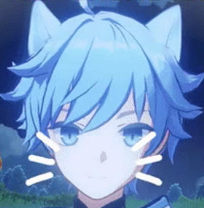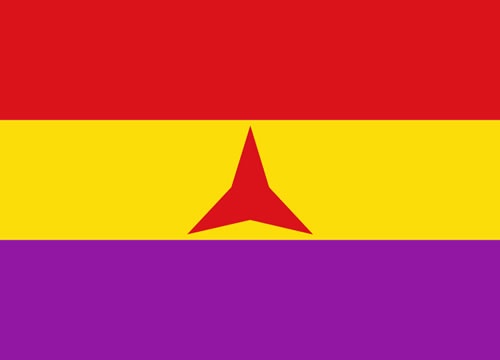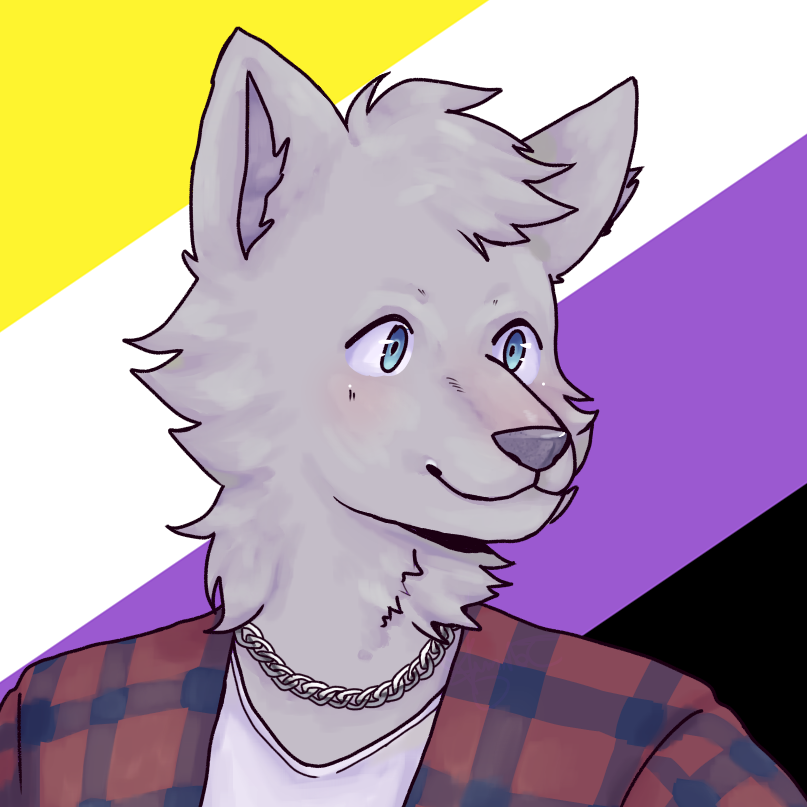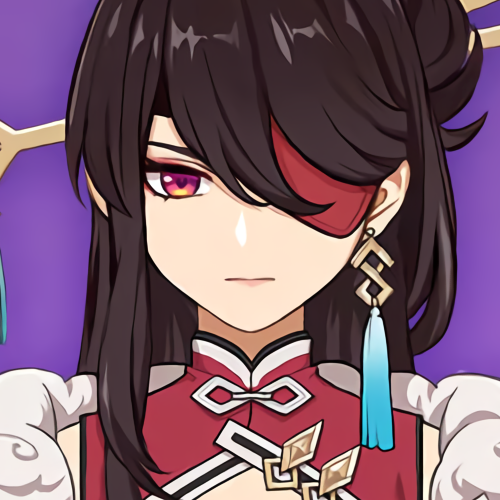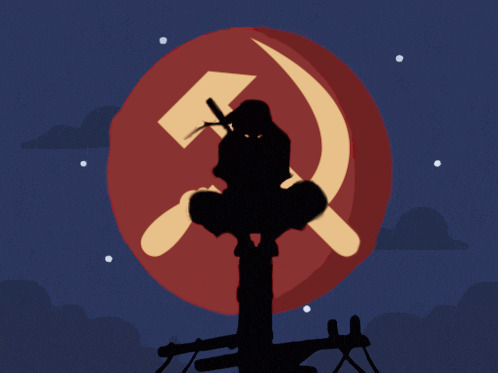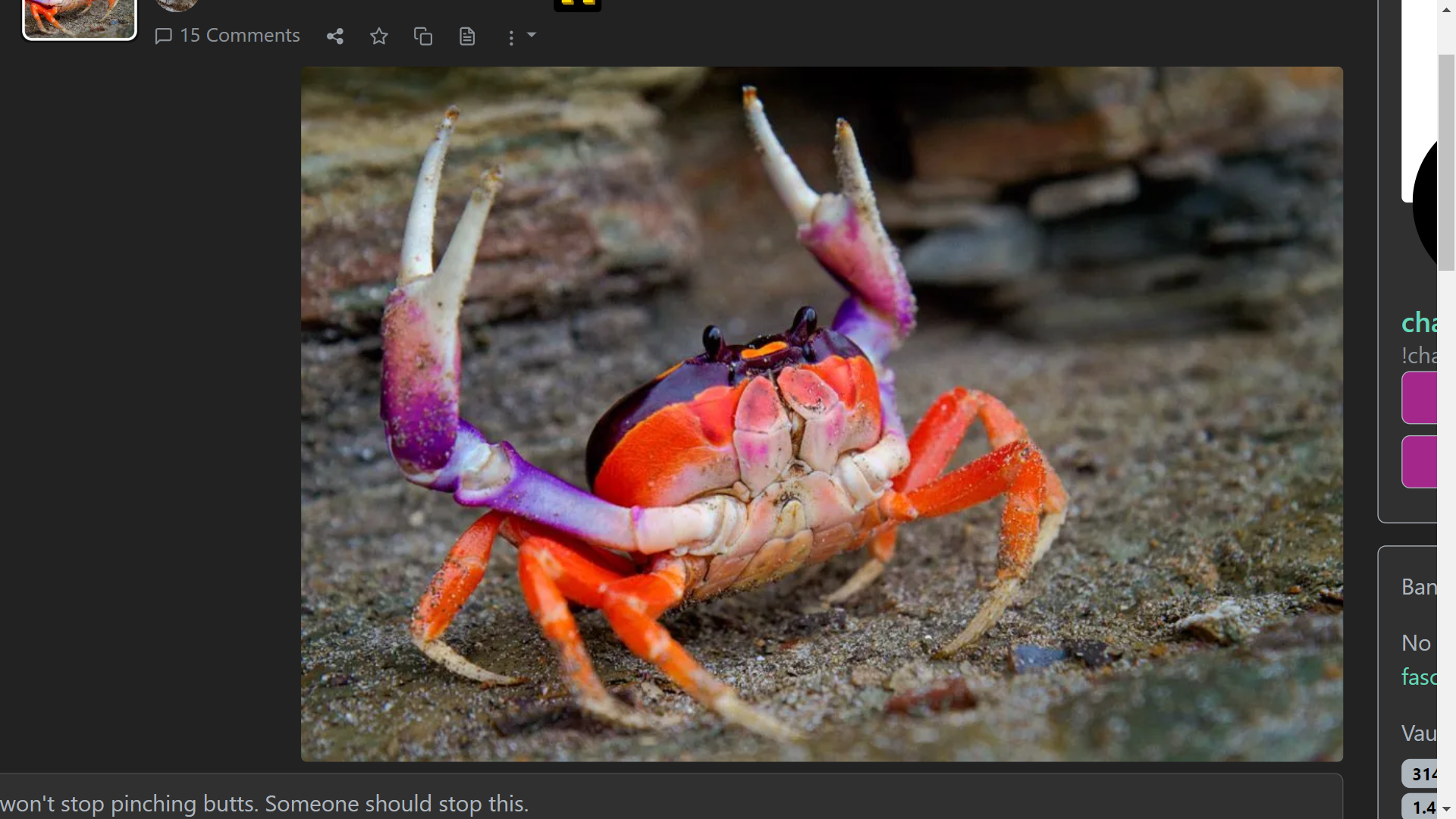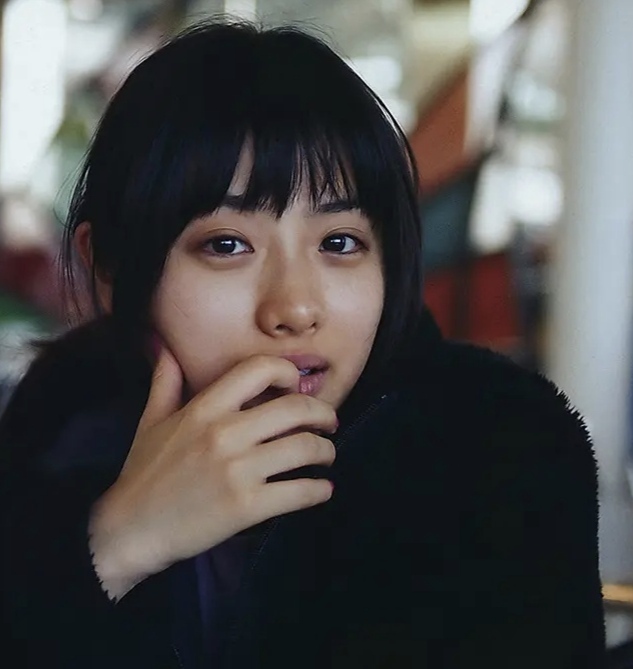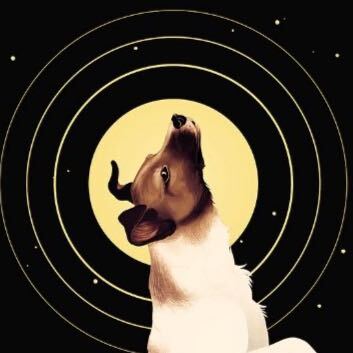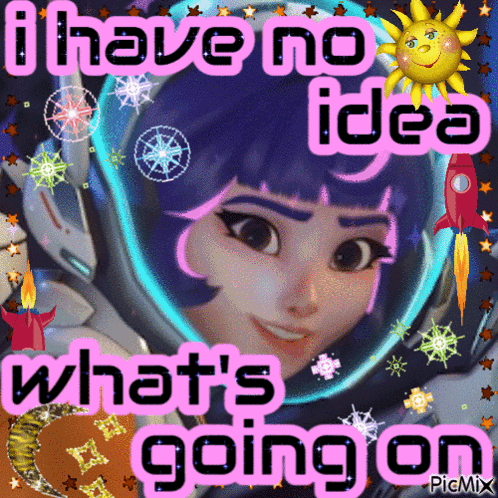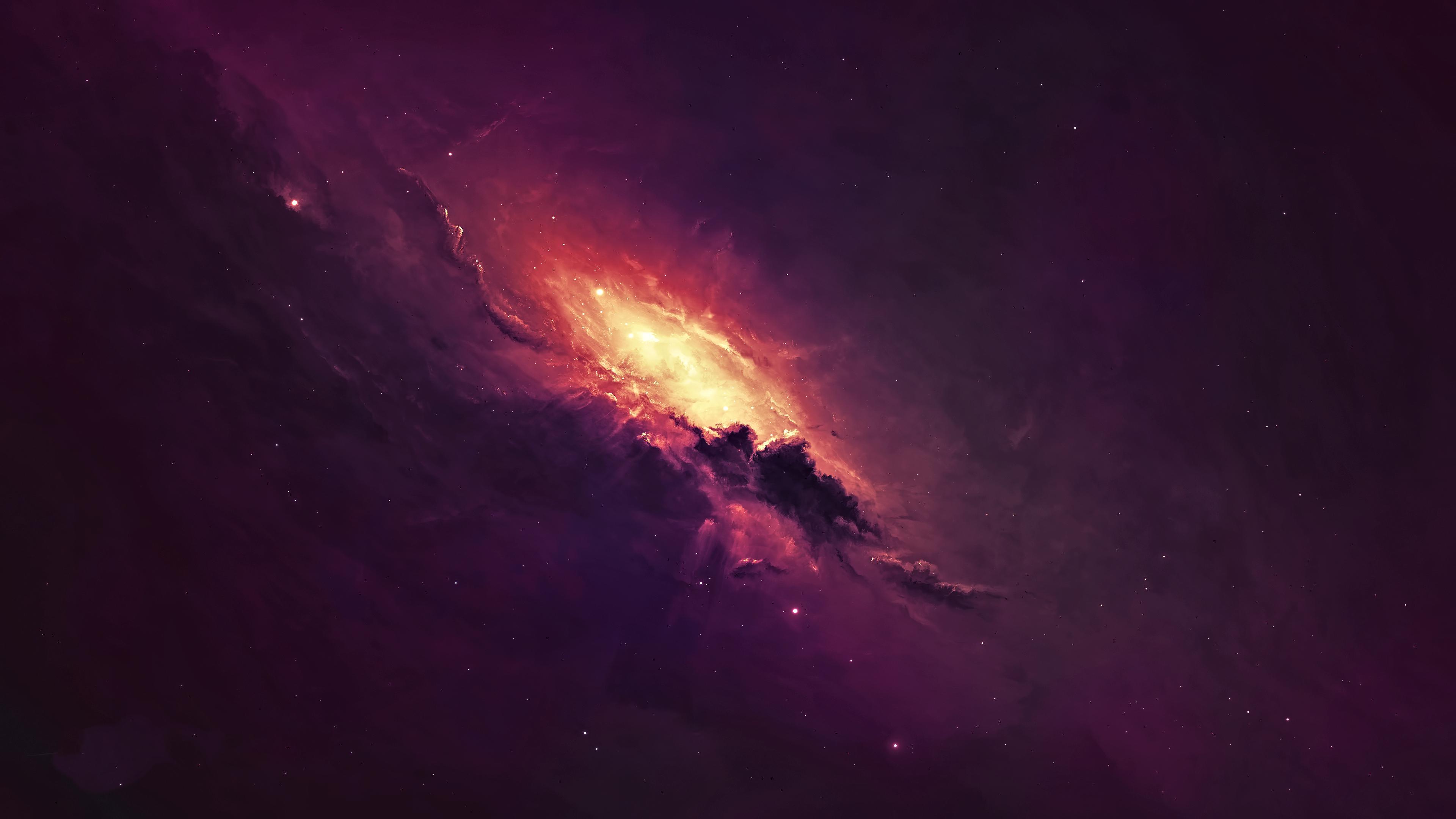Both in the macro and at the micro scale, Genshin Impact is about communism. so we all know how in genshin impact there are archons, gods that are appointed by celestia that rule the 7 nations that currently exist, and there are civilizations long gone. So far we have discovered two celestial nails that wiped out the civilization at dragonspine and the other civilization. we know that the nations that were wiped out were advancing far beyond their capabilities, and potentially looked to usurp celestia’s throne. so my theory is that they were smitten by celestia (america) because they were communist. also khaenriah is the biggest example of this, but this is obvious, which is why i did not bring it up until half way into my memerant. additionally, as the traveler we are the witness that can record information even as we go through samsara, which is what i would call Marx and Communists et al. as we saw through the lies of the dominant class to attain class consciousness no matter the point in time during our world’s cycle. also in the latest archon quest (spoiler alert for masquerade of the guilty AQ) we learn that focalors was cursed by celestia, so she hid herself and used furina to take over her role as an archon, until she sacrificed herself to stand up to celestia. this is reminiscent of how china is playing with the bourgeoissie in their country to pretend they are capatilism. (end spoiler) also also also we know that there were old old civilizations like the seven sovereigns that existed in what was yet to become teyvat when phanes came and killed or subdued them all representing the settler state of america. actually the world of genshin has discrete periods of time that could potentially represent the well known developments of historical materialism if i cared to stretch the truth enough.
I hope this elucidated the world of Genshin Impact and convinced you that it is Marxist. Please repost to /r/Genshin_Lore
edit fuck turns out someone did this already ironically-unironically on the actual sub 💀💀
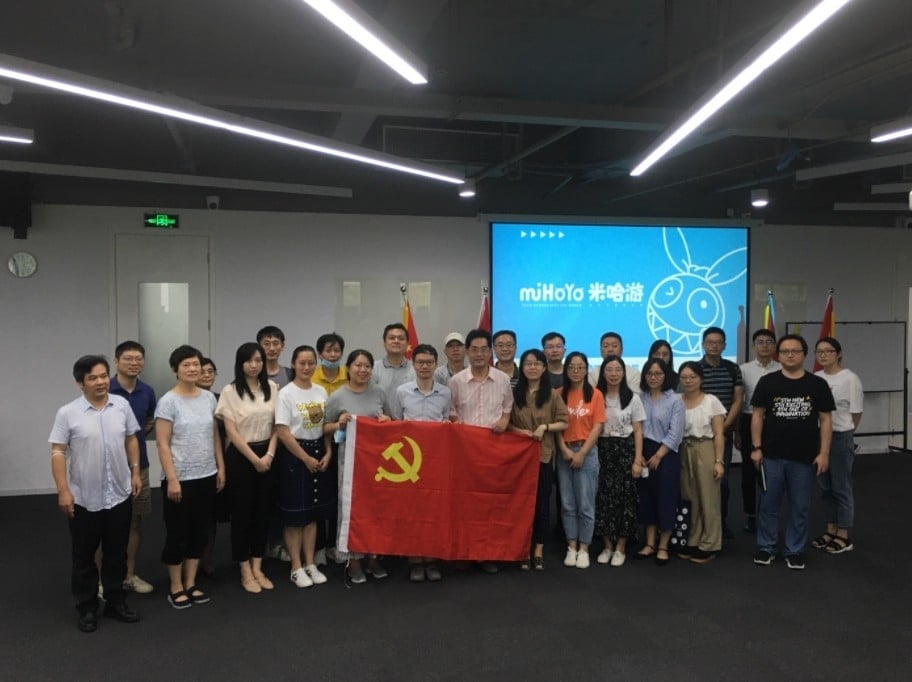
Still can’t forgive the lack of appreciable melanin. Like seriously the darkest mf in Teyvat is still Brock-complected and it feels like he gets whiter and whiter with every patch
Fellas is it communist to be colorist and extremely orientalist towards all of SWANA?
SWANA? what’s this term from
South west Asia and north Africa but tbh I should’ve said SSWANA because Genshin’s also racist towards India
is the game actually any good though? what even is it?
predatory skinner box gatcha thing
I think it’s predatory if you’re prone to gambling or are a person who must have everything. I know plenty of people who tell me they’ve never paid anything and are deep into the game. I sunk about 30 hours into it for free without paying, so I believe them.
gacha is predatory by nature
it’s just gambling
Yeah I agree. Just saying that in the Genshin casino, as in an actual Vegas casino, you can walk past the slot machines and eat the cheap buffet if you want.
I actually also think that all blind booster based trading card games are also gambling and should be heavily restricted for young people but idk for some reason people don’t see the parallels.
I actually also think that all blind booster based trading card games are also gambling and should be heavily restricted for young people but idk for some reason people don’t see the parallels.
i agree with that part
It deliberately and successfully turns a massive profit from psychologically vulnerable people and it plays directly into
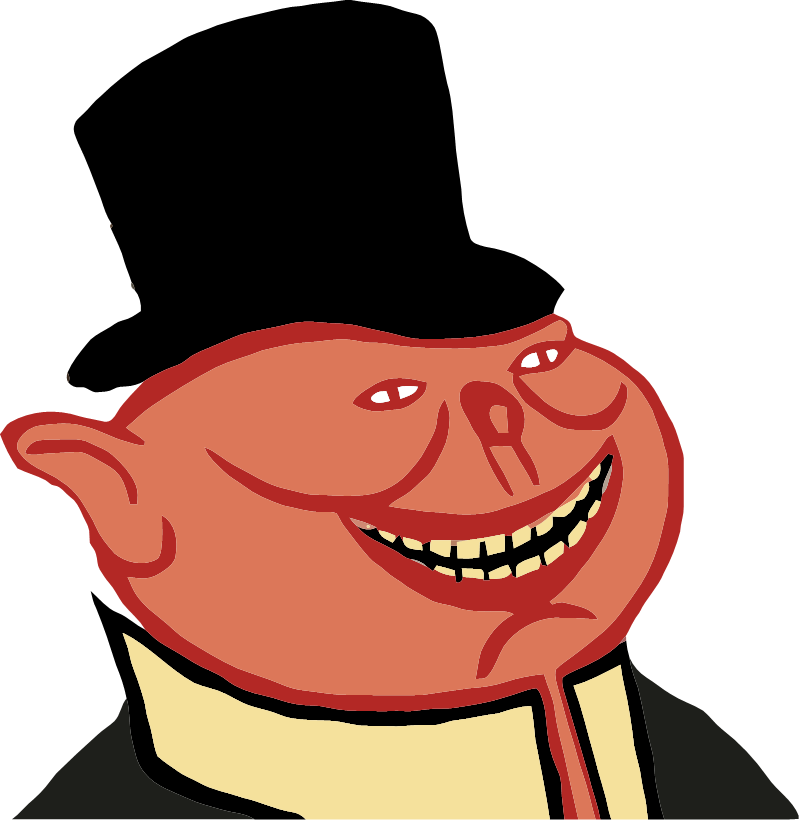 's hands by saying “well I don’t think I’m affected by it so it’s fine and anyone who is just needs to choose not to be vulnerable.”
's hands by saying “well I don’t think I’m affected by it so it’s fine and anyone who is just needs to choose not to be vulnerable.”Well that’s also true of the sale of alcohol and tobacco but I proposed abolishing that once and people were not happy with me.
“All or nothing” ideology generally just permits harmful things to happen and even normalizes them further. Gambling has varying scales of restriction and regulation; all-or-nothing ideology applied to that would either just drive gambling further underground and barely make a dent in it if prohibition is any indication and pious lifting of all restrictions would easily make things worse than it is now.
“All or nothing” ideology generally just permits harmful things to happen and even normalizes them further.
Ehh I disagree. The Mao-era campaign against opium addiction and it’s success is proof that a campaign of prohibition is feasible if sufficient government and social resources are mobilized.
The Westoid idea of prohibition of addictive vice being impossible is a product of botched Western half measures carried out in a context of horrific government corruption and social malaise like racism and inequality.
If I had to choose, yes, I would choose prohibition over ancap permissiveness for things that hurt people.
My issue is how treatbrained the west is, right now; did you see how things went when it came to social distancing and masking restrictions for only a few months? Extrapolating from there to “no, your waifu gacha treat is now banned” would be a riot. Literally. Of the most fucking cringe kind.
The Westoid idea of prohibition of addictive vice being impossible
why would centuries of experience and expansion of policing and surveillance that didn’t succeed give countries not at all averse to banning vices an impression that it’s difficult? China has not eliminated drug use, they got rid of opium fields, which are a pretty fucking big target as opposed to handfuls marijuana plants, moonshining, or a backalley craps game
You were correct then, whatever this dumb site says
deleted by creator
“It’s predatory if you’re the prey”
It absolutely suffers for orienting its progression around lootboxes and RNG, whether one’s a compulsive gambler or not. It’s an absurdly awful paradigm that incentivizes making things worse deliberately in the hopes that doing so will make people shell out money.
Especially since it’s principally a single player game, its whole mobile game paid lootbox and time gated progression that you can pay to make slightly less shit is bad. Like even beside separating people from their money in a manipulative way it’s just shitty and unpleasant design. Imagine reading a book where you were only allowed to read a single chapter a day unless you paid a few dollars in in-book currency, and you could only get all of the content in the chapters if you dumped enough money into buying page crates that would unlock random blocks of text throughout the book. Imagine a movie you could only watch 5 minutes of a day, and you had to play a slot machine to have all the characters actually appear in the movie at all. It’s just bad on like every possible design level.
Eh I don’t think the book and movie similes work in regards to gacha. The characters in the story are all fully fledged agents and appear as they usually do. Getting 5-star characters to be playable is different, and I am sure it will be harder now that there are considerably more, but I got 9 5-stars without even spending a cent because of the Pity system, just from normal story progression. For reference, I only care about like 3 of them. Not to mention the cute characters are all 4-stars, which are easy to get. I think the gacha crisis is a bit overblown, and my only criticism is that it’s predatory to vulnerable people who must have everything and now, and will fall victim to this system.
My point is that it’s not even about the money, but about how “you want access to [mechanical functionality]? Better hope the lootbox lets you lol” is just awful from a design standpoint. Ethical issues aside that’s just making the system worse for the sake of making it worse, so that they can sell the chance at a solution to the problem they intentionally made.
It’s a gacha game.
They looked at Breath of the Wild and thought ”what if we made this, except with Ys combat?”, which sounds a lot better than it actually is.
If it was just that, the only complaint I’d have with it is that their designers can’t melanin. Which is a variant of my same complaint with LoZ until REALLY recently but I’m still waiting on either a Gerudo Link or a Ganon faceturn. The biggest problem, is it’s a wallet-hoovering gacha.
Single player RPG/Gacha game. I think it’s fun, but it’s not for everyone. The microtransactions are super scammy so stay away if you are prone to gambling addiction, but it’s otherwise fairly f2p friendly.
The game itself is actualy very good. It is basicaly a AAA anime RPG at a consistent 6 week update schedule for years now with no sign of stopping. Always polished, almost no bugs, lots of free PvE content. Its the anime MMORPG without being an MMO thank god. It is not an pure RPG like Persona series, but it also got a lot more to it. The combat system is quite in depth and it is fun when you know all the intricacies.
The problem is monetization it is a gacha game, they earn money from you directly buying currency to roll for the new high limited time characters with a 50/50 chance of getting them. They do give you enough currency to get one such 50/50 roll per patch which is not much.
If you have a tendency to enjoy sudden dopamine bursts then gacha is not for you as you may become addicted and should stay away.
If you are responsible and have enough self control you can spend very little like $5 a month for some extra currency. Most spenders just buy a battlepass for $15 every patch.
The majority of their profits are from whales and that is a the biggest issue, whales are not always wealthy people but also impulse buyers spending above their limit.
Its the anime MMORPG without being an MMO thank god
So can it be reasonably played like a solo game? Is it just like Poe where mmo is slapped on it needlessly?
I think MMORPG in this case is describing the structure of everything around the gameplay. IE there are daily quests, repeatable things you grind for materials, etc. There are story missions but they’re all on rails with no meaningful choice for the player. That said, the only multiplayer is optional 2 player co-op (though IIRC progression was weird and one player didn’t get full rewards or something).
It’s fun just keep your wallet away from the phone/console/PC when you play. Also the lore goes deep and a lot of foreshadowing is clearly intentional. It’s free to download so you can try it and see how you like it
It is a slightly less good breath of the wild with anime thighs. It is free and you can play what amounts to a colossal AAA game for no money so that is cool.
First 60-ish hours are almost as fun as something like BoTW. Great exploration and fun min-maxing combat
It’s a endless slog of a grind after that though. It was for me at least
deleted by creator
“What do you take me for, some sort of bourgeois parasite?” -Comrade Zhongli

“The wait is over, my comrades!” - Revolutionary Leader Kokomi

You mean that non-crit fish?
tbf he did print all the money in the world before retiring and becoming a neet, kinda sus
i mean, he pretty much is one lmao
He’s not bourgeois (tell me when he’s a landholder, industrialist, or a financial lender, then you can call him bourgeois, or feudal lord)
If it’s about communism, then why are there like four different kinds of currency? Checkmate
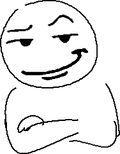
Shitpost aside Fontaine is realy cool with all the references to the industrial revolution, the horrible consequences(literal slums in the sewers), I wont spoil the story but it also has heavy themes of climate change, the “ruling” class being looked up to solve a crisis etc.
If you want the actual shittiest take I’ve seen about Genshin lore on reddit take this: Inazuma was a reference to Hong Kong independence. Why? Because clearly it wasn’t the simplest reference to pre-industrial Japan but rather the resistance to the shogunate is a message about resisting to the SEESEEPEE.
…Hong Kong independence??? 😭😭
I really enjoyed Fontaine - not as much as Sumeru, but it was really innovative compared to the other regions - but in some aspects it fell flat. Things like: the slums just did not feel like slums and the Corsican mafia was too collaborative with the authorities and did not give me the impression of a mafia at all. I get that it’s a kids game and all, so they can’t portray it too bleakly, but when they play with the themes they do in the deeper lore, I think it’s also expected that they up the ante on the face-value stuff as well (like you can’t just portray the mafia so one dimensionally).
Things like: the slums just did not feel like slums
I agree though its hard to make dark gritty stuff with the general colorful pallet and designs in the anime style they use, it just wouldn’t ever work.
But I think the point for me was more like, how much more obvious do you have to make, the people living in the slums while the city is the epitome of French renaissance architecture or something. The “Queen of Justice” was seen as a literal mascot(my favorite line ever from an NPC referring to Furina lol). It is there if people want to notice it. The problem is generally HYV is not too assertive, they leave a lot down to interpretation and for the player to pick up the references and clues themselves.
The lore YTers(I love Ashikai) explain this a lot and it is so nice to see how many real world references they use, it is just sad it goes over the head of most players because of media literacy and just general lack of education.
I mean, it is a a political allegory, considering the Chinese base influences the superstructure or the culture of a society (eg. Game industry of MiHoyo), but for me, it’s not really specifically Communist, or specifically Marxist Leninist in its outlook…
Think about it, there’s not much discussion about the economic base, the workings of imperialism on economics and culture, dialectics, or even discussion about the progressive intersection between cultural, economic, and anti-imperialist struggles…
or dialectics and immanent critique
(though as the plot advances on, I may be proven wrong or that they were just there all along, since I’m a baby MLenist…)
That being said, even if it is such a MLenist game, from a meta perspective, it is a Gacha game and my opinion is that the ideology doesn’t really matter, in comparison to the base of which it defends (It’s financially-funded well-to-do game, probably from the rich cities of Guangdong or Shanghai)
Taking the note from an essay https://redsails.org/masses-elites-and-rebels/#strategy-and-imagination
It’s absurd to see people rabidly complaining about, say, BBC’s China reporting being rife with orientalist falsehood, then turn around to make excuses for why the same exact stereotypes must be tolerated or even praised as they worm their way through high-budget entertainment productions. It’s absurd to see communists defend sinking dozens upon dozens of hours into reactionary, soul-crushing media like Breaking Bad or Mad Men or Game of Thrones, then turn around to ridicule and condemn the entire realm of ideological struggle as mere superstructure. A common refrain goes: “The news must be reported correctly, but let people enjoy things — artistic freedom is sacrosanct.” I deem this nonsense liberalism. When we do this, what we throw out the window comes right around through the backdoor.
In reality, entertainment media and news media serve the same propaganda purpose: they target not our reasoned beliefs about right and wrong, but our perception of social risks and rewards. People’s actual rationality, their ability to discern cause and effect, is far too resilient to be tampered with when their own immediate interests are at stake. People’s pride, however, is much more malleable. For communists to refuse to challenge media that makes them invisible — or, worse, aggressively humiliates them — is to surrender before the fight is even scheduled. And I genuinely believe that we do this every single time we refuse to challenge an Orwellism, or a Nietzscheanism. We have largely failed to create nourishing communist alternatives — not only in reality, as with the Black Panther breakfast program, but also as far as the imagination goes. And in the realm of imagination, as in others, nature abhors a vacuum. In absence of social-realist agitprop, Orwellism thrives.
That being said, it’s a good treat for me…
deleted by creator
Liyue story is about dialectics lol
Seriously, show me its appliance. I’m confused as fuck…
Liyue story revolves around the concept of erosion, during the main quest we experience the transition of gods rule to peoples rule, an outcome of the historic process of erosion (gods slowly losing their powers).
Ultimately, zhongli is not a reactionary because he peacefully hands over the baton by faking his own death and thus signing the contract to end all contracts.
Well, if you put it this way, I can see why actually though I feel this sort of thing is more ripe for Hegelian analysis with dialectic…
Yeah, and?
Well, you see, the world of Genshin Impact is not only a beautiful and immersive one, but also a complex and nuanced one, that can be analyzed from various perspectives. One of these perspectives is the Marxist one, which views the history of humanity as the struggle between two socioeconomic classes: the bourgeoisie and the proletariat. The bourgeoisie are the owners of the means of production, such as land, factories, and capital, while the proletariat are the workers who sell their labor for a wage. The bourgeoisie exploit the proletariat by extracting surplus value from their labor, creating a system of inequality, oppression, and alienation. The proletariat, however, have the potential to overthrow the bourgeoisie and create a classless society, where the means of production are owned and controlled by the workers themselves. This is the ultimate goal of communism, a political and economic system that aims to abolish class divisions and create a free and equal society. I will attempt to apply the Marxist perspective to the world of Genshin Impact, and show how the various groups and characters in the game can be seen as metaphors for the real-world class struggle, has far reaching consequences that inform our application of the theory in real life. The game reflects and critiques the current state of the world, especially China, where the game was developed. I hope this can give you the closure that you seek on this topic.
Celestia
The gods of Celestia are perhaps the most mysterious and powerful group in Genshin Impact. Little is known about them, except that they were part of a war 500 years ago that destroyed the landscape, they appoint archons, and they give visions to those with great ambition. The gods are an obvious parallel to the bourgeoisie: a powerful, untouchable class that is able to do basically anything with impunity. They live separated from the rest of their world, on a floating island, which could be seen as a parallel to the mansions and private jets of the richest bourgeois. Additionally, they appoint archons, who are allowed to rule their nation in whichever way they please. They also give visions to those that they deem worthy, including those with the greatest ambitions among humanity.
The gods of Celestia are the ultimate exploiters of the world of Teyvat. They use their power to manipulate and control the archons and the people, and to maintain their own supremacy. They are also the ultimate oppressors, as they have waged war against any nation that dared to challenge their authority, such as Khaenri’ah, a civilization that was destroyed by the gods for attempting to create a godless utopia. The gods of Celestia are also the ultimate alienators, as they have created a system where humans are dependent on their whims and favors, and where humans are divided by their visions and elements. The gods of Celestia are the enemy of the proletariat, and the obstacle to the communist revolution.
The Archons
The archons are lesser gods, and rule over the seven nations in whichever way they please. The gods of Celestia must have a motivation for appointing each of these archons. I believe that this motivation is to make sure the proletariat does not rise up against Celestia, like Khaenri’ah did 500 years ago. I am uncertain if this is confirmed in official lore, but it seems very likely nevertheless. In return, the archons get almost unlimited power over their territory. Despite this, the archons never appear to be happy. Barbatos faked his disappearance because he was disillusioned with his power as an archon, Morax started losing his memory and decided that it was time for the people to rule themselves, Baal suffered the loss of her sister during the Cataclysm, surely causing some ire against the gods that instructed her to do so, Nahida had to come to grips with her life being stolen from her by her own people as they distrusted her incarnation in this current samsara, and finally, and most directly, Focalors suffered at hand of Celestia due to their curse laid upon her for daring to overstep her divine authority against the Heavenly Principles.
The archons are a complex group, and can be seen as both allies and enemies of the proletariat. On one hand, they are allies, as they have shown sympathy and compassion for the people, and have sometimes rebelled against the gods of Celestia. For example, Barbatos freed Mondstadt from the tyranny of the previous Anemo Archon, Decarabian, and gave the people the freedom to choose their own destiny. Morax established Liyue as a prosperous and independent nation, and entrusted the people with the responsibility of governing themselves. Baal, despite her authoritarian and oppressive rule, is also trying to protect Inazuma from the wrath of the gods, by collecting all the visions and creating a barrier around the nation. The archons are also seen as the arbiters who grant visions to the people, which can be seen as a way of empowering them and giving them hope.
On the other hand, the archons are also enemies, as they are still part of the system that exploits and oppresses the people. They are still subordinate to the gods of Celestia, and have to follow their orders and rules. They are also still the rulers of their nations, and have the power to impose their will and ideology on the people. For example, Barbatos, despite his benevolence, has also created a chaotic and anarchic society, where the people have no security or stability, and where the Knights of Favonius and the Church of Favonius have to maintain order and faith. Morax, despite his wisdom, has also created a capitalist and materialistic society, where the people are obsessed with wealth and commerce, and where the Qixing and the Adepti have to balance the interests of the mortal and the divine. Baal, despite her courage, has also created a totalitarian and isolationist society, where the people are deprived of their freedom and individuality, and where the Shogunate and the Resistance have to fight for the future of the nation. The archons are also the ones who take away visions from the people, which can be seen as a way of controlling them and crushing their dreams.
The archons are therefore a contradictory group, and can be seen as both the bourgeoisie and the proletariat. They are the bourgeoisie, as they are the owners of the means of production, such as the gnosis, the visions, and the land. They are also the proletariat, as they are the workers who sell their labor for the gods of Celestia. The archons are the potential leaders of the communist revolution, but also the potential traitors of the communist revolution.
The Seven Nations
The nations are the seven regions that are ruled by the archons, and are the main settings of the game. The nations are Mondstadt, the city of freedom and the wind, Liyue, the harbor of contracts and the earth, Inazuma, the nation of eternity and the thunder, Sumeru, the land of wisdom and the dust, Fontaine, the city of justice and the water, Natlan, the land of passion and the fire, and Snezhnaya, the land of snow and the ice. The nations are the main representatives of the proletariat, as they are the people who live and work in the world of Teyvat. The nations are also the main victims of the exploitation, oppression, and alienation of the gods of Celestia and the archons.
The nations are diverse and unique, and have their own cultures, histories, and ideologies. However, they also share some common characteristics, such as the presence of class divisions, social conflicts, and political struggles. For example, Mondstadt has a class division between the nobles and the commoners, a social conflict between the Knights of Favonius and the Fatui, and a political struggle between the Church of Favonius and the Abyss Order. Liyue has a class division between the rich and the poor, a social conflict between the Qixing and the Adepti, and a political struggle between the Liyue Harbor and the Fatui. Inazuma has a class division between the vision holders and the visionless, a social conflict between the Shogunate and the Resistance, and a political struggle between the Electro Archon and the Fatui. These examples show how the nations are not only oppressed by the external forces of the gods and the archons, but also by the internal forces of their own societies.
Due to their diversity, nations may also share some common characteristics, such as the desire for freedom, the need for change, and the hope for a better future. For example, Mondstadt desires freedom from the tyranny of the gods and the archons, and seeks to create a society where the people can choose their own destiny. Liyue needs change from the stagnation of the old order, and strives to create a society where the people can govern themselves. Inazuma hopes for a better future from the despair of the present, and fights to create a society where the people can regain their freedom and individuality. These examples show how the nations are not only passive and submissive to the external and internal forces, but also active and rebellious against them.
The nations are therefore a diverse and unique group, and can be seen as both the oppressed, as they suffer from the exploitation, oppression, and alienation of the gods of Celestia and the archons, and also as the oppressors, as they exploit, oppress, and alienate each other within their own societies. The nations are the potential revolutionaries of the communist revolution, but also the potential counter-revolutionaries of the communist revolution.
The Characters
The characters are the individuals that the Traveler meets and interacts with in the world of Genshin Impact. The characters are the most diverse and unique group, and have their own personalities, backgrounds, and motivations. The characters are also the most relatable and human group, and have their own emotions, relationships, and conflicts. The characters are the main protagonists of the game, and the main agents of the story. The characters are the micro aspect of the world of Genshin Impact, and can be seen as metaphors for the real-world class struggle.
The characters are divided into two main categories: the playable characters and the non-playable characters. The playable characters are the ones that the Traveler can recruit and use in combat and exploration. The playable characters are also the ones that have visions, which grant them elemental powers. The non-playable characters are the ones that the Traveler can talk to and interact with, but not use in combat and exploration. The non-playable characters are also the ones that do not have visions, and are therefore powerless in the world of Teyvat.
The playable characters are a complex group, and can be seen as both allies and enemies of the proletariat. On one hand, they are allies, as they have shown friendship and loyalty to the Traveler, and have helped them in their quest to find their sibling and the truth about the world. They have also shown sympathy and compassion for the people of their nations, and have sometimes fought against the gods of Celestia and the archons. For example, Diluc is a vigilante who protects Mondstadt from the corruption of the nobles and the Fatui. Ningguang is a businesswoman who supports Liyue’s economy and defends it from the Fatui’s invasion. Kazuha is a wanderer who opposes the Electro Archon’s vision hunt decree and aids the Resistance. The playable characters are also the ones who have the most potential to change the world, as they have visions, which are symbols of their ambition and will.
On the other hand, the playable characters are also enemies, as they are still part of the system that exploits and oppresses the people. They are still subordinate to the gods of Celestia and the archons, and have to follow their orders and rules. They are also still the privileged class of their nations, and have the power to influence and manipulate the people. For example, Diluc is a noble who owns the Dawn Winery and has a lot of wealth and influence. Ningguang is a Qixing who controls the Jade Chamber and has a lot of power and authority. Kazuha is a vision holder who is hunted by the Shogunate and has a lot of danger and responsibility. The playable characters are also the ones who have the most risk to lose their visions, which are also symbols of their vulnerability and dependence.
The playable characters are therefore a complex group, and can be seen as both the bourgeoisie and the proletariat. They are the bourgeoisie, as they are the owners of the means of production, such as the visions, the weapons, and the skills. They are also the proletariat, as they are the workers who sell their labor for the Traveler, the gods of Celestia, and the archons. The playable characters are the potential heroes of the communist revolution, but also the potential villains of the communist revolution.
The non-playable characters are a simple group, and can be seen as the allies of the proletariat. They are the allies, as they have shown kindness and gratitude to the Traveler, and have helped them in their quest to find their sibling and the truth about the world. They have also shown courage and resilience in the face of the hardships and challenges of their lives, and have sometimes resisted the gods of Celestia and the archons. For example, Timmie is a child who loves pigeons and wants to find his father. Hu Tao is a funeral director who honors the dead and mocks the gods. Ayaka is a princess who serves the Electro Archon but also supports the people. The non-playable characters are also the ones who have the most need to change the world, as they do not have visions, which are symbols of their powerlessness and hopelessness. They can also be the proletariat, as they are the workers who sell their labor for the playable characters, the gods of Celestia, and the archons. They are also the oppressed, as they suffer from the exploitation, oppression, and alienation of the playable characters, the gods of Celestia, and the archons. The non-playable characters are the potential victims of the communist revolution, but also the potential beneficiaries of the communist revolution.
The characters are therefore a diverse and unique group, and can be seen as both the oppressed and the oppressors, the bourgeoisie and the proletariat, the heroes and the villains, the agents and the victims of the communist revolution.
Conclusion
In conclusion, the world of Genshin Impact is a rich and complex one, that can be analyzed from a Marxist perspective. The game shows how the history of humanity is the struggle between two socioeconomic classes: the bourgeoisie and the proletariat. The game also shows how the bourgeoisie exploit, oppress, and alienate the proletariat, creating a system of inequality, injustice, and misery. The game also shows how the proletariat have the potential to overthrow the bourgeoisie and create a classless society, where the means of production are owned and controlled by the workers themselves. This is the ultimate goal of communism, a political and economic system that aims to abolish class divisions and create a free and equal society.
The game also reflects and critiques the current state of the world, especially China, where the game was developed. The game shows how China is a country that has undergone a rapid and dramatic transformation, from a feudal and imperial society, to a socialist and revolutionary society, to a capitalist and globalized society. The game shows how China is a country that has experienced the benefits and the costs of this transformation, such as economic growth and social development, but also environmental degradation and human rights violations. The game shows how China is a country that faces the challenges and the opportunities of this transformation, such as maintaining its sovereignty and identity, but also engaging with the world and the future. The game shows how China is a big country, full of many Chinese.
The game also invites and challenges the players to think and act critically, creatively, and communally, in the world of Genshin Impact and in the real world. The game invites the players to think critically, by presenting them with a world that is full of mysteries and secrets, and by asking them to question and investigate everything they see and hear. The game invites the players to act creatively, by giving them a world that is full of possibilities and opportunities, and by allowing them to explore and experiment with everything they find and use. The game invites the players to act communally, by giving them a world that is full of people and stories, and by encouraging them to interact and cooperate with everyone they meet and join. The game challenges the players to think and act critically, creatively, and communally, by presenting them with a world that is full of conflicts and dilemmas, and by asking them to choose and decide what they believe and do.
The game is therefore a masterpiece of art and entertainment abstracting and encompassing our life into a stylized game, but also a scathing critique of our real world. The game is a game, but also a lesson. The game is a lesson, but also a game. The game is a game and a lesson, and a lesson and a game. The game is Genshin Impact, and Genshin Impact is the game.
I hope this answered your question, and put you at ease.
I played quite a bit of it when it got big around release and the first like 20-30 hours or whatever were pretty fun but as soon as the gacha crap started kicking in it ruined all the fun. Downloading it again to check out what single player stuff I’ve been missing here’s hoping this 80gbs isn’t for nothing.
I quit right before Zhongli was added I believe, is there more fun single player stuff to do that doesn’t require dropping money now?
Also I like to call it Henson Jimpact because I’m a dumbass.
Edit: Good lord my team is ass what have I done.
I quit right before Zhongli was added I believe, is there more fun single player stuff to do that doesn’t require dropping money now?
Holy shit you’re gonna love it. They added like 3 whole nations worth of content. Just take it slow and savour it lol
um yeah okay i’ll incorporate this into my belief system as the only thing i know about Genshin Impact
Genshin Impact is communist because it’s extracting wealth from the Imperial core and redistributing it to China.

